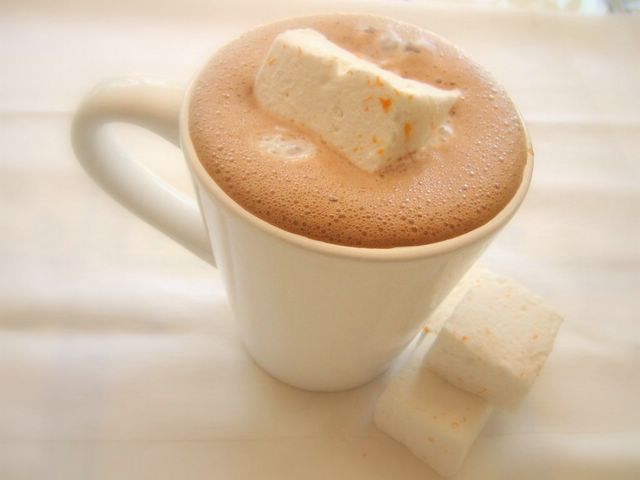Cooking School: Monkey Bread
First of all, before I get to today's post, I would like to apologise to everyone for not putting up a post yesterday. I meant to, but Blogger had some technical difficulties and thwarted my efforts.
Fortunately, this recipe is good enough to make up for it and I'll have a couple interesting things coming up in the next week or so, including the DMBLGiT gallery.
Monkey bread is nothing like monkey bars. It is much more like cinnamon buns, except that the dough is shaped into little balls which are all coated in sugar, piled together and baked. Once the bread is done, the delicious balls of dough can be pulled off - presumably like a monkey - and eaten one by one.
No one is exactly sure how the bread got its name, though there are several theories. Never having seen a monkey eat a bread like this one before (nor, in fact, any breads at all), I can't speak to the validity of the name, but I do like it better than the alternate name, which is "pull-apart bread."
The first well-known recipe for monkey bread appeared in the New York Times in the 1970s, but it was reportedly popular with home cooks during the 60s as well. It can be made with a yeasted dough, as I did here, and is frequently made with refrigerated biscuit dough for the sake of convenience.
I used a simple buttermilk bread, which I lightly sweetened, for this recipe. There are two options for coating the bread before baking. For a more decadent recipe, as indicated in the instructions below, the balls should be dipped in melted butter before being dredged in sugar. A lighter version of the bread can be made by dipping the dough into milk before the sugar. The purpose of the butter (or milk) is simply to help the sugar adhere to the bread. Granted, butter adds flavor, but the sugar is the key ingredient and all you need to do is make it stick.
Once it has been baked and cooled, the bread should not last long. The sugary puffs encourage nibbling and the loaf will be gone before you know it. The bread itself is very soft and moist, while the sugar coating is caramelized on the sides and bottom of the bread and crisp on top. Don't skimp on the sugar and, if you want to make a bigger bread, double this recipe and bake it in a well-greased bundt pan.
Monkey Bread
2 1/2 tsp active dry yeast (1 package)
1 1/2 cups buttermilk, warm (110F)
1/4 cup sugar
1 tsp salt
3 - 3 1/2 cups all-purpose flour
1/2 cup melted butter (or warm milk)
1 cup brown sugar and white sugar, mixed
In a large bowl, combine yeast and buttermilk. Let stand for about five minutes, then add 1/4 cup sugar, salt and 2 1/2 cups of flour. Mix well and add remaining flour a tablespoonful at a time until the dough comes together and pulls away from the sides of the bowl.
Turn dough out onto a lightly floured surface and knead for 5-7 minutes, until smooth and elastic. Place in a lighlty greased bowl, cover with plastic wrap, and let rise in a warm place until doubled, about 1 hour.
Grease a 9x5-inch loaf pan. Place melted butter into a small bowl and put the sugar mixture into a fairly shallow bowl.
Turn risen dough out onto a lightly floured surface and gently deflate. Divide into about 16 pieces (a few more or less is ok) about the size of golf balls. Roll each one gently into a ball. Dip each ball into melted butter (or warm milk) and generously coat in sugar. Add more sugar to the mix if you run low at any point. Put dough into pan and repeat with each ball, stacking them up as necessary. Sprinkle a tablespoon ot two of extra sugar on top. Cover with plastic wrap and let rise for 45 minutes, or until the dough just barely reaches the top of the pan.
Preheat oven to 375F.
Bake bread for about 30 minutes, until browned on top (you can check the internal temperature, which should be about 190-200F with a meat thermometer, but otherwise try baking for 30 minutes). Turn bread out immediately onto a plate and let cool. Bread can be left inverted, with caramel on top, or turned so the crisp, sugared side faces up.
Once the bread has mostly cooled, give in to temptation and eat!
Makes one loaf.



<< Home